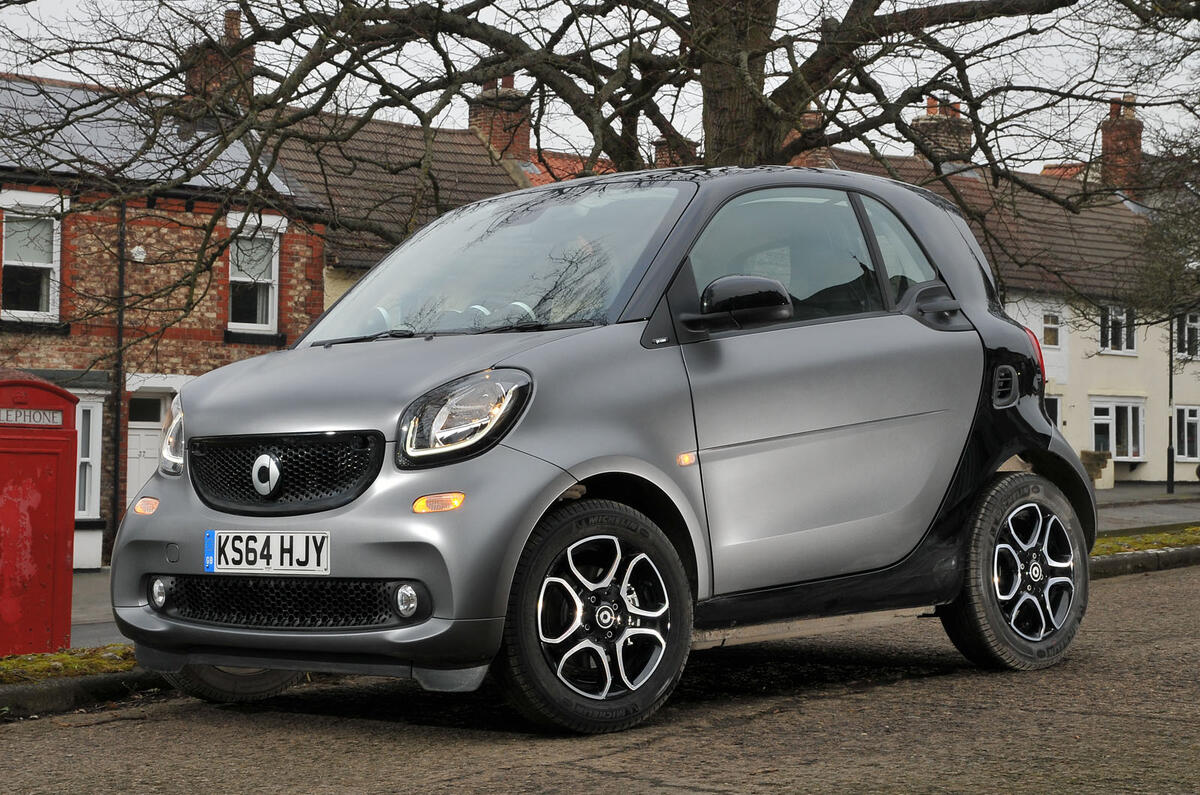Car makers have vigorously pushed the EU to create a new, lower-cost category for small cars lately, but few were expecting Ursula von der Leyen to give the go-ahead in her speech on 10 September.
“Millions of Europeans want to buy affordable European cars," said the European Commission president. "This is why we will propose to work with industry on a new small affordable cars initiative."




Add your comment